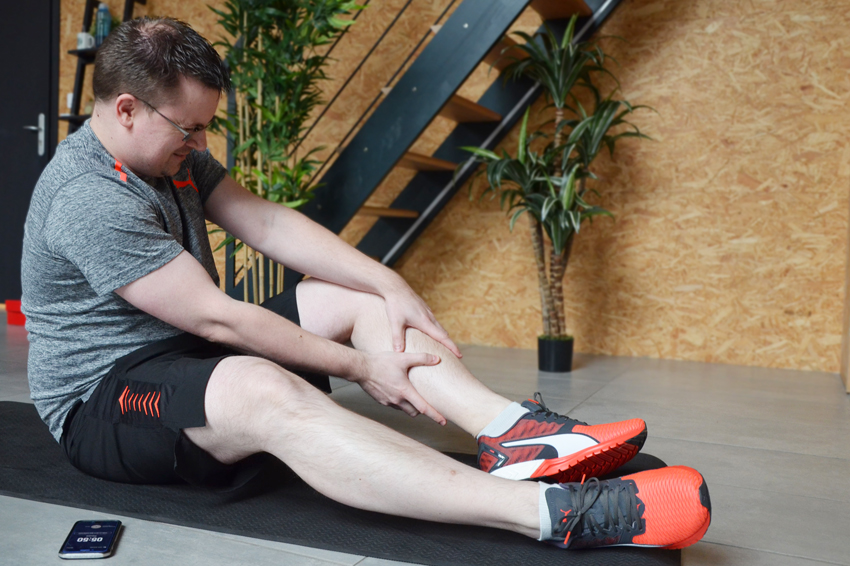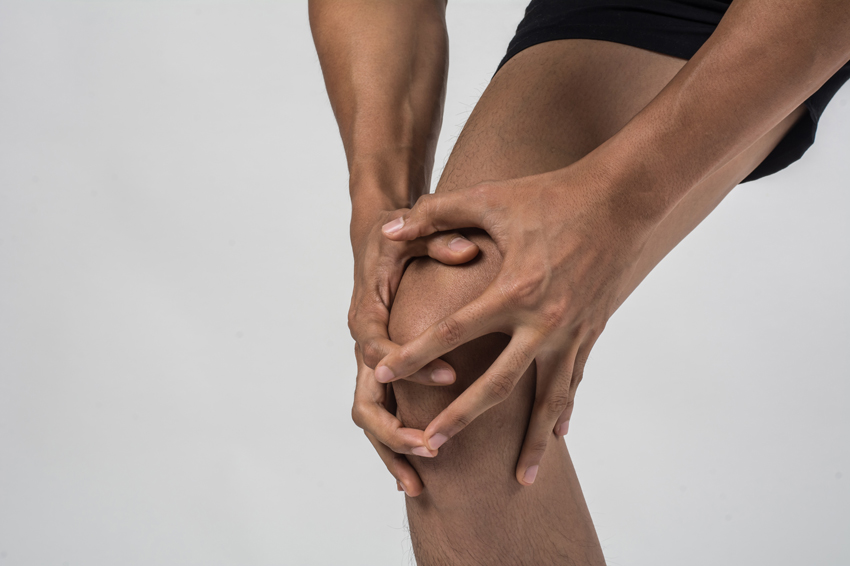Whether your joints tend to crack or your body makes all kinds of sounds when you stretch or exercise, these noises can sometimes be pretty troubling. Luckily for you, the FizzUp trainer is here to help you better understand why and how your joints are making noises and know if this is possibly a warning sign.
For many people, cracking joints are just a part of everyday life, whether you crack your joints on purpose or they crack when your connective tissues happen to get out of alignment. But if you’re wondering whether or not that’s a symptom of something more serious, read on to learn more about why these sounds happen to help you decide if you need to take action.
In most cases (and as long as you don’t experience any pain when your joints crack), you’ve got nothing to worry about. Simply put, these noises come from a natural process called “cavitation.” It all starts in your synovial joints: the ones that enable you to move and are found in your knees, elbows and spine, etc. This is where you’ll find a joint capsule filled with synovial fluid that surrounds the joint.

When there’s a change in the pressure of the gases in the synovial fluid, a cavity forms that makes the sounds you hear. Cavitation occurs when a gas forms in the liquid as it’s being subjected to reduced pressure at constant room temperature.
When a joint cracks, the volume inside the joint capsule increases through rapid expansion. When this happens, the synovial fluid’s pressure drops, causing the small amounts of air dissolved in the fluid to form bubbles. These bubbles spontaneously burst when the joint is stretched far enough and the pressure in the capsule drops. This is the reason for the cracking sound you’re so familiar with. It takes about 20 minutes for these gases to resorb, which explains why you can’t keep cracking your joints right after you’ve cracked them once.
Cracking that isn’t painful is common and normal and doesn’t increase your risk of developing arthritis. But sometimes, it’s indeed a sign that something’s wrong.
The most important thing to remember about noisy joints is that if there’s no pain, you don’t have anything to worry about, although this is a surefire sign that you should be working on your mobility.
If you experience persistent pain when your joints crack, then you’ll need to dig deeper and talk to your doctor. For example, if the cracking is followed by pain, swelling and bruises, then it’s probably a torn muscle, and that’s nothing but bad news.
What’s more, repetitive noise can sometimes indicate that some of your connective tissues are out of alignment or possibly damaged. This could also be due to large nerve such as your ulnar nerve in your elbow being out of place, which slips in and out of its groove when you move this joint.
And if a joint cracks all the time, this could be a sign that there’s a high amount of tension in the surrounding muscles as well as the tissues around the joint. That’s why you should be working to improve your mobility in these areas with stretches that are right for you in addition to a full range of movement. When you crack a joint, you stretch the joint capsule, relaxing the muscles around the joint. This is the reason why cracking your joints feel good when you’re a bit tense.

Take the time to evaluate your posture, flexibility, mobility and muscle imbalance. Once you’ve done that, choosing the right strength training routine and stretches is the best decision to make before you talk to your doctor.
And last but not least, avoid cracking your joints if they’re particularly loose just to be on the safe side, because this might lead to more problems. But remember, you can offset joint laxity through the proper strength training routine.
Generally speaking, cracking your joints isn’t a problem if it’s never been painful for you. However, if you suddenly experience pain as the result of a particular exercise or physical activity, consider making some changes to the movements you made to ensure that the cracking doesn’t become painful or that you don’t injure yourself in the future.

When your mobility is limited because of stiff muscles and a lack of flexibility and there’s a significant imbalance between your antagonist and agonist muscles, this has a negative impact on your biomechanical movement, placing heavy strain on your joints. This is why it’s so important that to use the right technique as you move and maintain a healthy everyday posture by improving your mobility and reducing muscle imbalance through balanced, full-body strength training. The bottom line: keeping your joints strong and balanced at all costs will help keep potential injuries at bay.
Join the 7 million users already registered on FizzUp
Join us